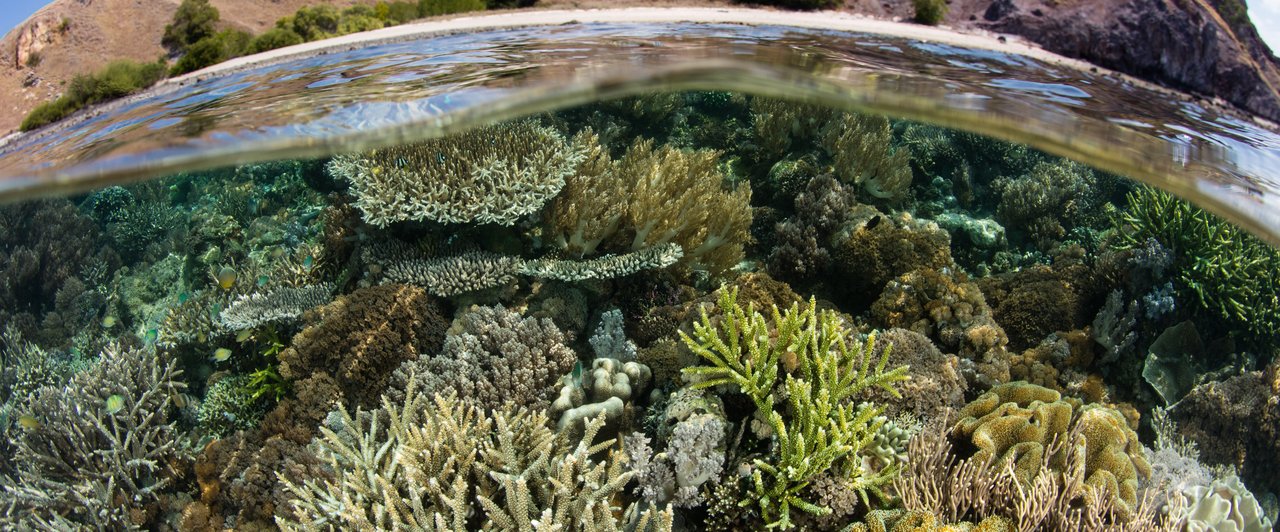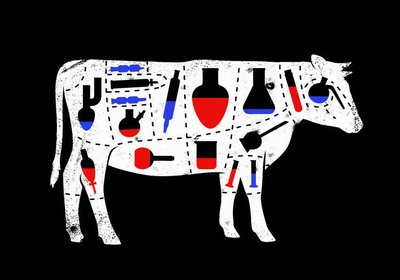Biodiversity: the risks of living outside nature’s boundaries
From bacteria to blue whales and from fungi to flowers, the loss of Earth’s biodiversity and the subsequent damage to our ecosystem is one of the top ten dangers facing society today. The World Economic Forum’s 2020 Global Risks Report reveals that associated risks could jeopardise the health of societies, prevent the deceleration of climate change and trigger colossal financial repercussions on economies across the globe.
The accelerated vulnerability of our biodiversity comes at a time when the world is still reeling from the myriad implications of the coronavirus crisis. The deleterious effect the virus has had on food chains and the disruption to economies provides a foreboding example of what could happen in the event of biodiversity loss.
The deleterious effect coronavirus has had on food chains provides a foreboding example of what could happen in the event of biodiversity loss.
The financial cost of ignoring the destruction of biodiversity is vast. The International Union for Conservation of Nature quantifies the value of goods and services provided by natural ecosystems as $33 trillion per year; equivalent to more than a third of global GDP in 2019.
A loss of biodiversity will have a substantial impact on industries reliant on natural resources, such as the major energy players, and the pharmaceutical and manufacturing sectors that use plant-based materials. The impact of this will pose significant risks to global markets and financial institutions.
The estimated $5.8 trillion to $8.8 trillion cost of the coronavirus pandemic on the global economy has disrupted policy agendas, but should not deprioritise the environment to a secondary position. If anything, the pandemic has demonstrated the risks associated with a reckless attitude to nature. By destroying ecosystems and driving animals out of their natural habitats along with temperature hikes associated with climate change, humans and wildlife are forced into closer proximity, increasing the risk posed by the transmission of animal-borne diseases. For these interrelated risks, inaction is simply not an option. A green recovery from the coronavirus pandemic will not only help preserve biodiversity, it could lower the risk of another outbreak, and, according to the International Renewable Agency, potentially boost global GDP by $98 trillion between now and 2050 through a burgeoning renewable energy industry.
The loss of our planet’s biodiversity has been inextricably linked to industrial farming methods, which although economically lucrative, have had a widespread negative effect on sustainability. This method of agricultural industry has been reliant on large-scale, excessive or indiscriminate, use of agrochemicals: be it the pesticides that can be toxic to wildlife or the long-term usage of synthetic fertilisers that can cause soil acidification and emit greenhouse gases such as carbon dioxide and nitrous oxide. When those fertilisers infiltrate lakes, rivers and oceans, their concentrated source of nutrients trigger an excessive but short-lived growth of algae. Upon decomposition the algae emit carbon dioxide (CO2), thus depriving aquatic life of oxygen and adding to the CO2 count.
With governmental policy and a growing regulatory framework in place to support green finance, the incentives for businesses to not only take biodiversity issues into account but to also capitalise on them are increasingly evident. Directives such as the EU Action Plan on Sustainable Finance are driving a transformation in business models, and, following the emergence of coronavirus, the European Commission recently revealed that new reporting requirements on companies to protect their businesses from the emerging link between biodiversity reduction and pandemics may be introduced. Capital markets are starting to include natural capital factors in their investment strategies.
What was once a Wild West of underreporting with poor disclosure from companies, is now an improving landscape that will help develop a greater understanding of the impact some industries have on biodiversity and the impact reduced biodiversity would have on them.
For those players ready to factor biodiversity into their models, the opportunities for investment can be found across a variety of sectors
This information has also prompted a growing number of tools and information sets available for companies to be able to accurately assess the value of biodiversity. Sectors which profit from biodiversity including tourism, commercial activity linked to coral reefs and sustainable fisheries are all drawing investors, and the impact investing industry – capital dedicated to projects which have a positive environmental and social effect with financial return – has an estimated $502 billion in assets under management, according to a recent OECD report on biodiversity.
Companies can benefit and profit from healthy ecosystems and a good level of biodiversity if they are protected. In recent years there has been a gradual shift in investors’ focus away from on reducing the harmful effects of ecosystem damage and climate change, and towards taking economic advantage of the efficient use of natural resources. This shift in focus has driven the adoption of sustainable processes which not only improve waste management and efficacy but also offer reputational merit and reduce regulatory risk. The investment opportunities are attractive; according to a report by The Biodiversity Finance Initiative, the sustainable agriculture sector, with $418 billion of market potential, may be particularly lucrative for investors, while ecotourism offers $100 billion.
Biodiversity value is top of the agenda on a practical level, with disruption to industrial processes and operations resulting from damaged environments, and a profile and investment level too. Unforeseen negative biodiversity risk has the potential to disrupt business strategies, undermine investment projects and damage company reputations through the breaching of standards, and create legal liabilities. For those players ready to factor biodiversity into their models, the opportunities for investment can be found across a variety of sectors, including conservation agriculture and ecotourism, habitat banking, and impact and green bonds.
The relationship between the corporate and natural worlds are under increasing focus, and it is clear that they are intrinsically linked. With recent events such as the spread of the coronavirus pandemic and the growing focus on sustainability in the business world, companies are recognising that their operations both depend and impact upon our ecosystems.





















